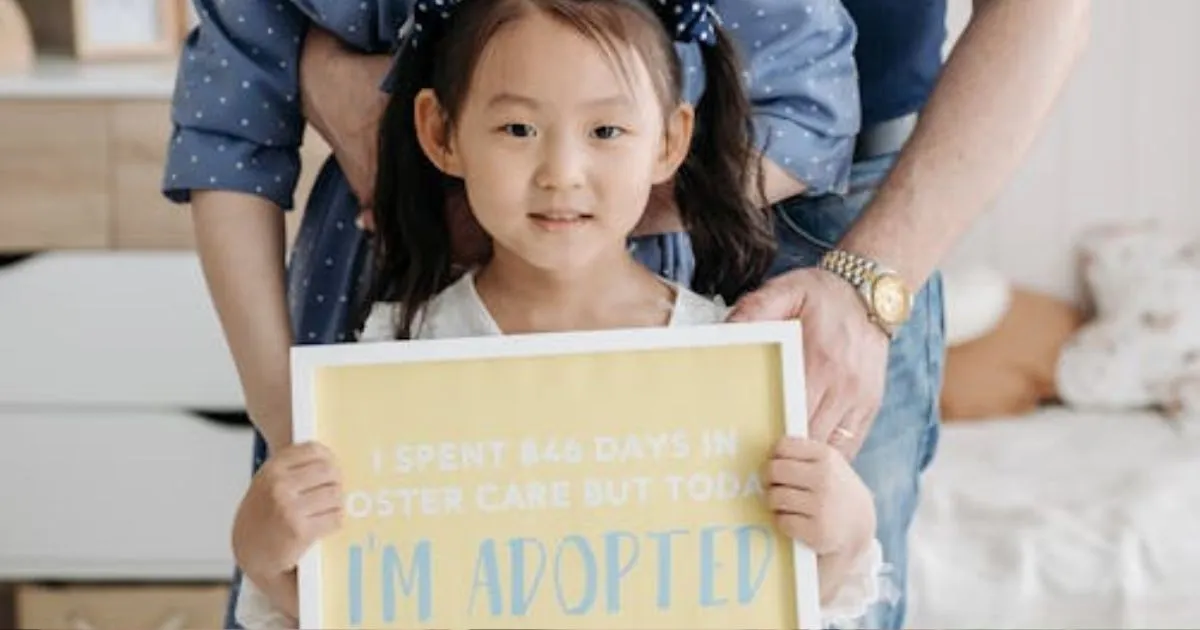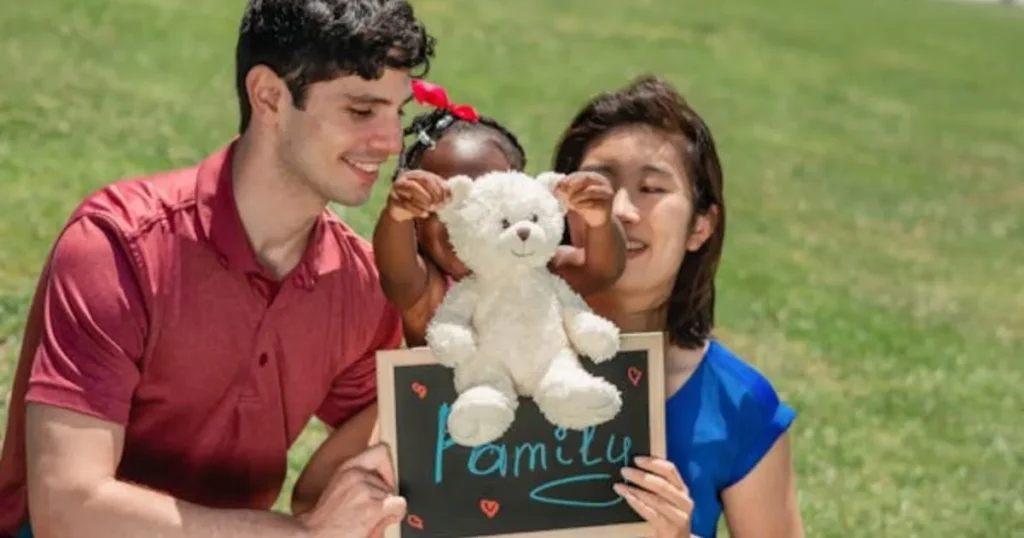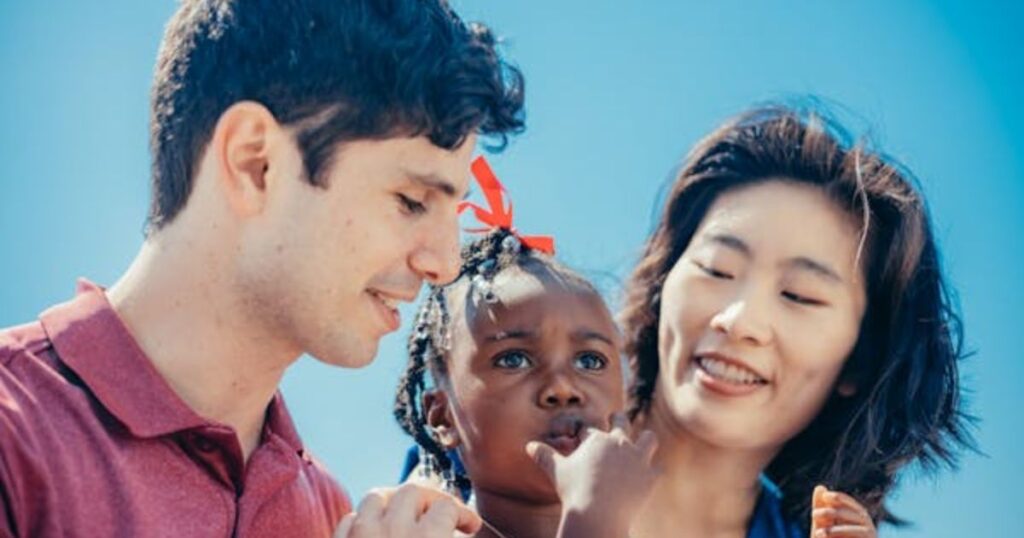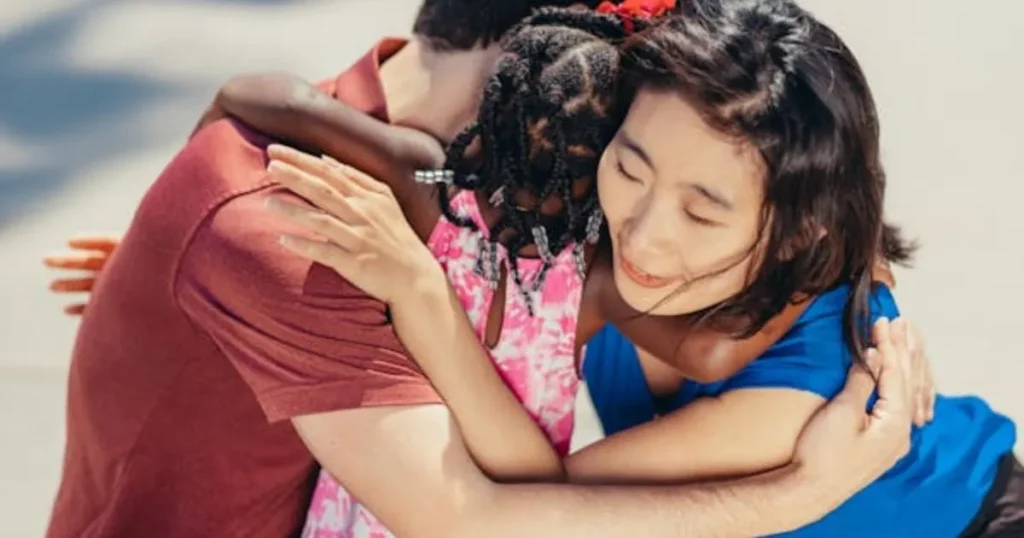
Adoption provides a way for families to grow and offer love and care to children who need it. In the United States, adoption has become a common way for people to fulfill their dreams of parenthood. However, when it comes to choosing a child to adopt, preferences often come into play. One of the most frequently asked questions is: do Americans prefer adopting girls or boys, and what influences their choice?
The Basics of Adopt child in the USA

Before diving into gender preferences, it’s important to understand how adoption works in the United States.
Types of Adoption
Adopt child , Adoptions in the U.S. fall into three main categories:
- Domestic Infant Adoption: Adopting a baby born in the U.S.
- Foster Care Adoption: Adopting a child from the foster care system.
- International Adoption: Adopting a child from another country.
Transition Tip: Each type of adoption has its own challenges and dynamics, which can influence preferences for boys or girls.
Adoption Statistics
- According to the U.S. Department of Health and Human Services, about 122,000 children were waiting to be adopted from foster care in 2022.
- In domestic infant adoptions, prospective parents often have more opportunities to specify preferences, including gender.
- For international adoptions, statistics show that girls are adopted more often than boys.
Key Insight: Preferences may vary depending on the type of adoption and the flexibility allowed during the process.
RELATED : Single Mothers Raising Children Without Fathers
Do Americans Prefer Girls or Boys?

When analyzing adoption preferences in the U.S., trends indicate that many adoptive parents prefer girls over boys. Let’s explore why this happens.
1. Cultural Perceptions of Girls
In many cultures, including the United States, girls are often seen as nurturing, affectionate, and easier to raise than boys. These stereotypes may influence prospective parents’ decisions when choosing a child to adopt.
Example: A survey by the National Council for Adoption found that some adoptive parents believe girls are more likely to bond emotionally with their families, making the transition smoother.
Key Point: While these beliefs are not universally true, they play a significant role in shaping preferences.
2. Trends in International Adoption
International adoption data highlights a strong preference for girls. For example, in countries like China, where international adoptions have been historically common, most children available for adoption are girls due to cultural factors like the one-child policy.
Statistics: According to the State Department, about 75% of international adoptees in the past two decades have been girls.
Transition Tip: This trend reinforces the perception that girls are more desirable, even in domestic adoptions.
3. Myths About Raising Boys
Some parents hesitate to adopt boys due to stereotypes that boys are more difficult to discipline or require more active parenting. These beliefs, though unfounded, can discourage families from choosing boys.
Example: A 2017 study found that boys in foster care are less likely to be adopted than girls, partly due to these misconceptions.
Key Insight: Breaking these stereotypes can help increase opportunities for boys in the adoption process.
4. Emotional Connections and Bonding
Many adoptive parents say they feel an emotional connection with the idea of raising a daughter. The image of a loving mother-daughter or father-daughter relationship is deeply ingrained in society, making many families lean toward adopting girls.
Why Some Americans Prefer Boys
While many prefer adopting girls, others choose boys for equally meaningful reasons.
1. Desire for a Traditional Family Structure
Some families want to balance their household with both male and female children. For example, if a family already has daughters, they may decide to adopt a boy to create gender diversity.
2. Cultural and Religious Values
In certain communities, having a son is seen as a way to carry on the family name or tradition. This belief can influence families to choose boys when adopting.
3. Breaking Gender Stereotypes
Some adoptive parents actively choose boys to challenge societal norms and provide a nurturing environment for male children who may face challenges in the foster system.
Transition Tip: Families choosing boys often focus on providing stability and love to children who might otherwise be overlooked.
Adoption Challenges Based on Gender
While preferences exist, each gender comes with unique challenges in the adoption process.
1. Challenges When Adopting Girls
- Cultural Biases: Overwhelming demand for girls can make it harder for families to adopt one quickly.
- Overprotection: Parents may feel more pressure to protect daughters, leading to anxiety about raising them in today’s society.
2. Challenges When Adopting Boys
- Stereotypes: Boys in foster care may be unfairly labeled as “troublemakers,” discouraging families from considering them.
- Attachment Issues: Some parents worry boys may take longer to bond emotionally, especially if they have experienced trauma.
Statistics Highlighting Gender Preferences
Several studies and surveys provide insight into the gender preferences of adoptive parents in the U.S.:
- A study by AdoptUSKids revealed that 54% of families expressed a preference for adopting a girl, compared to 27% for boys. The remaining families had no preference.
- In foster care, boys over the age of 8 are the least likely to be adopted, with many remaining in the system until adulthood.
- International adoption data shows a 3:1 ratio of girls to boys being adopted, largely influenced by cultural factors in the children’s countries of origin.
Transition Tip: These statistics underscore the need for greater awareness and efforts to address biases in the adoption process.
How to Approach Adoption Without Bias
Choosing to adopt a child is a life-changing decision that should focus on what is best for the family and the child. Here are some tips to approach the process with an open mind:
1. Focus on Compatibility, Not Gender
Instead of focusing on the child’s gender, think about their personality, needs, and how they will fit into your family dynamic.
Example: A family that enjoys outdoor activities might thrive with a child who shares their love for adventure, regardless of gender.
2. Educate Yourself on Gender Stereotypes
Learn about the myths and biases surrounding boys and girls to make a more informed decision.
Tip: Talking to other adoptive families can provide valuable insights and help dispel common misconceptions.
3. Consider the Child’s Needs
Every child has unique needs, shaped by their background and experiences. Prioritizing these needs over gender ensures a better match for both the child and the family.
Transition Tip: Remember, adoption is about providing love and stability to a child, not fulfilling preconceived ideas about parenting.
4. Work with Experienced Professionals
Adoption agencies and counselors can guide you through the process and help you explore options without bias.

Conclusion
Adoption is a deeply personal journey, and preferences for boys or girls often reflect societal influences, cultural beliefs, and individual experiences. While statistics show that many Americans prefer adopting girls, boys bring just as much joy, love, and fulfillment to a family.
By focusing on the child’s unique qualities and needs, adoptive parents can create a loving home, regardless of gender. Addressing stereotypes and opening minds will ensure that every child, whether a boy or a girl, has the opportunity to grow up in a supportive and nurturing environment.



